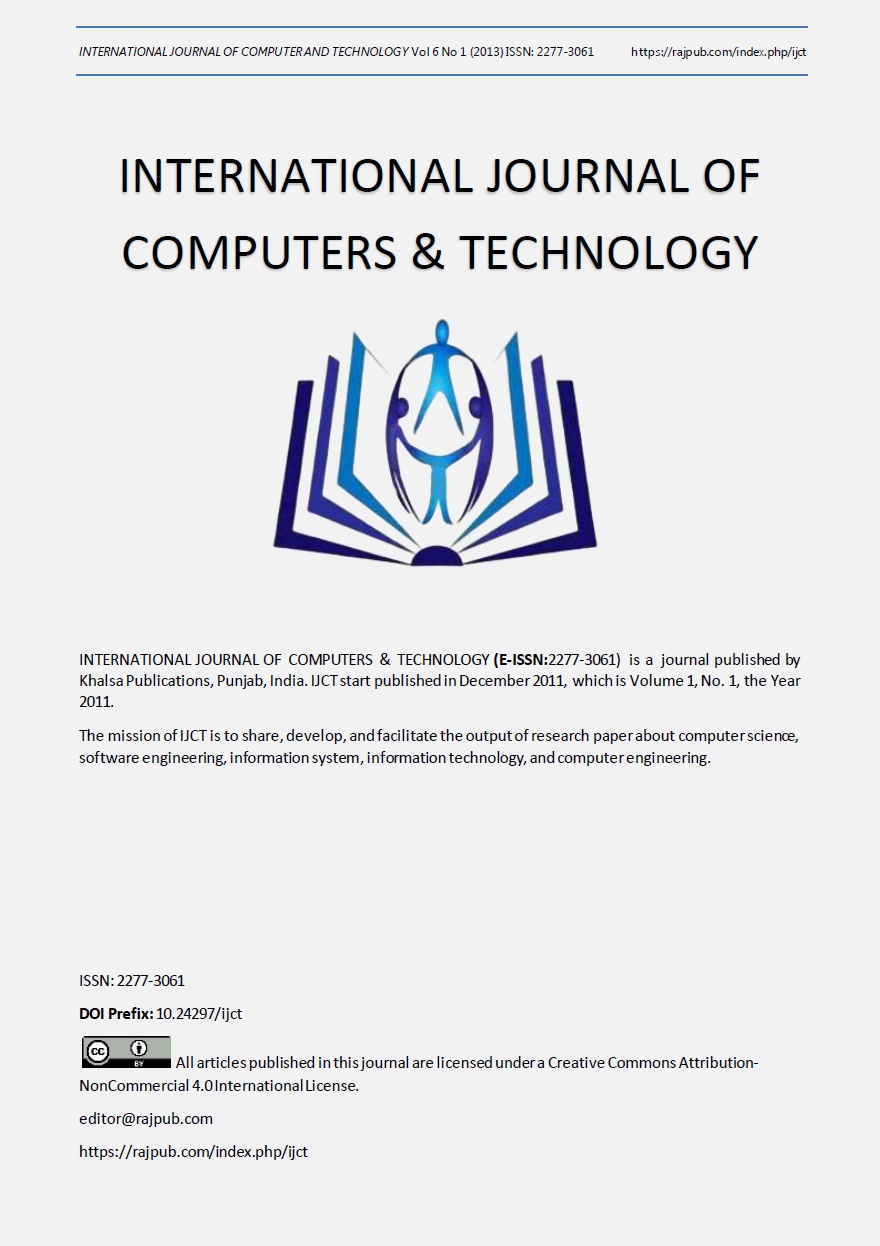Power Saving Management in Ad-Hoc Wireless Network
DOI:
https://doi.org/10.24297/ijct.v6i1.4452Keywords:
Power Saving PS –Ad Hoc – IEEE standard - IBSSAbstract
In wireless network Power Saving is an important issue. In this work power savingis done via a sequence of procedures. Power Saving (PS) function describes the necessary steps for a station in PS mode to turnoff the transmitter and receiver circuitry, to inform other stations or to retrieve information about pending packets, and to transmit or receive traffic. The PS function is different for ad hoc and infrastructure networks. The PS function for an IBSS (ad hoc network) operates in a distributed manner.A station that wants to enter the PS mode has to successfully complete a frame exchange with another station with the power bit set in the frame header. Note that neither a specific station nor all stations need to be informed. The power-saving status estimation is based upon local information or the last data frame exchange with that station. The IEEE standard leaves open the solution to the problems of how the estimate is created and on which information the estimate is based.









